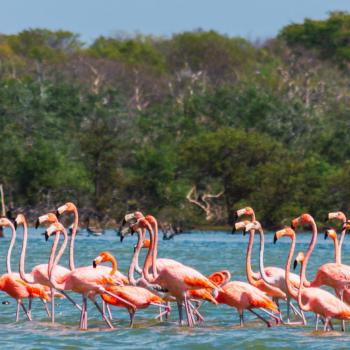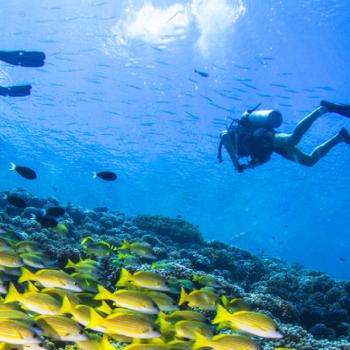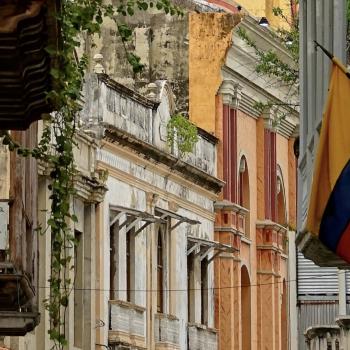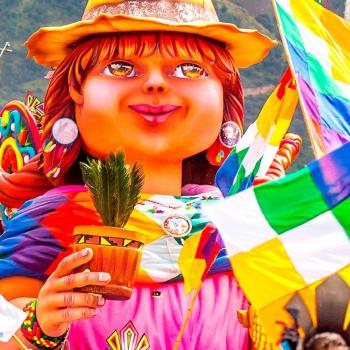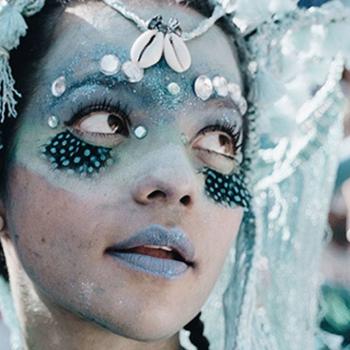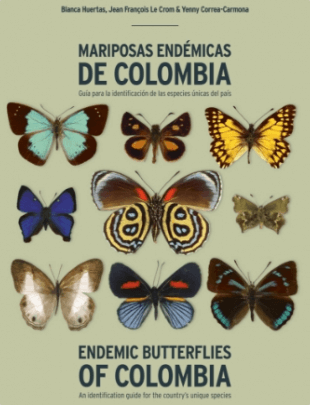A Peaceful Visit to Nuqui
In the Colombian Pacific, nature is amazing. In addition to the breathtaking scenery, the annual visit of the whales turns this scenario into an incomparable place. A growing offer of sustainable tourism and wellness mixes with the environment and provides visitors with unforgettable experiences of self-discovery.
Day 1
Visiting Nuquí
Between the Serrania del Baudo and the Colombian Pacific coast, 30 kilometers from Nuqui (one of the natural paradises of Choco), travelers who have just arrived in these lands are preparing to start a yoga practice. In the middle of the jungle and the sea, there is meditation, breath control, paused and thoughtful movements, a feeling of peace and an active and conscious listening of the wind, the waves and the animals. The journey begins with an exercise of connecting with yourself and everything around you, a way to thank the universe for being there.
But the journey began earlier, in Medellin, Pereira, Bogota or Quibdo (cities that offer flights to Nuqui), in small planes that have the quality of letting passengers feel how they cut the wind and cross the sky, like a bird that flies at many miles per hour and does not realize what it leaves behind. When you arrive at Nuqui, the beach, the sea, and the jungle are amazingly complementary, and the tropical climate, which ranges from 25 °C to 28 °C, makes travelers feel like that they are in another world, one where time crawls on another dimension, where you travel slowly, calmly, where not only the eyes are open, but also the heart and mind, and where the hope of meeting the humpback whales guides every step.
Travelers begin their journey of transformation in an eco-friendly hotel. After the welcome yoga practice, the day goes by quietly, with activities ranging from silence and contemplation to walks in the jungle. Time passes in a work of constant disconnection and reconnection.
The landscape is enouraging: the biodiverse forest characterizes Serrania del Baudo and, next to it the Pacific Ocean, home of the humpback whales. It is a place to marvel at the landscape, disconnect from the hustle and bustle of the cities, feel the breeze on your face, be surprised by the diversity of the flora and fauna, and share an exceptional experience with the humpback whales. These majestic mammals that arrive every year from Patagonia to the Colombian sea in search of warm and tepid waters to mate and have their calves. You can breathe life in this place.
Travelers seeking peace and a journey of conscious transformation begin and end the day with a yoga practice, sometimes on the beach, sometimes in the jungle. Here you have the chance to open your heart and mind to appreciate the world around you, and to bond with the whales.

Humpback whales make the 25,000-kilometer journey from Antarctica to the Colombian Pacific to give birth to their calves. Whales and calves jumping over the Choco horizon. Nuqui, Choco.
Day 2
Meeting the whales
We greet the sun as it rises. The morning begins with an hour and a half of meditation. Then comes a healthy breakfast and one of the most anticipated activities of the trip: whale watching.
After almost 8,000 kilometers of migration from Antarctica, humpback whales arrive in Colombia, and only return when the coldest season in the poles has passed. Between June and November, the dynamics of the Pacific coast are active and many tourists travel to meet these impressive cetaceans. They first arrive in Buenaventura, Juanchaco and Ladrilleros, and then go up to Nuqui, Ensenada de Utria, Bahia Solano (which belong to the coastal system of Serrania del Baudo) and the isthmus of Panama.
Did you know that Colombia has the largest number of endemic species, i.e., that is, species that are not naturally found in other parts of the world?
The songs of the whales are heard from the moment the travelers get on the boat to begin a journey of “love, joy and unity that the whales give away with their singing and vibrations.” Although it is possible to see the whales in the distance from the cabin where the travelers are staying, the experience of getting on a boat, sailing out to sea and looking for them is a must. The whales and their calves pass by the travelers and who are dazzled by the immensity of these animals that can measure up to 14 meters, and weigh 40 tons.
This is a journey of respect, where humans stay aside, at a prudent distance and as simple witnesses of the spectacle that is to see the humpback whales in their daily life and free. The sighting ends after one or two hours and then travelers go back to the hotel to have lunch with typical dishes characterized by the abundance of fish from the region. The day continues with a visit to Playa Amargal, a nature reserve in Nuqui and, of course, a yoga practice on the beach to say goodbye, reconnect, and say thanks.

Day 3
Encounter with the rainforest
After the yoga practice with which the day begins, travelers have breakfast and, after a brief rest, they venture into the jungle. The destination is a waterfall about an hour’s walk from the hotel, where there is meditation and calm. It’s all about being immersed in the water, feeling the current, contemplating the powerful waterfall, listening to the jungle, and the birds. Serrania del Baudo is one of the most biodiverse places in the world; this is a millennial forest that shelters primates such as howler and marmoset monkeys; birds such as parrots, eagles, woodpeckers and toucans; felines such as ocelots and jaguars; and frogs such as the poison dart frog or harlequin frog that are only found in tropical rainforests and are known for their bright colors (with orange, yellow, red, white, or blue spots) and the poison they produce with their sweat when subjected to stressful situations.
After this stimulating awakening to the colors and sounds of living nature, the day ends with a restorative yoga practice.
Did you know that Malpelo Island is the top of a 1,400 kilometer underwater mountain range that is part of the Andes?
Day 4
A moment with cetacean consciousness
Yoga begins earlier than in previous days: at five o’clock in the morning, the travelers are in the middle of the beach and the jungle preparing their hearts and minds for the experience they will have in the next hours: a second whale watching event, this time with cetacean awareness meditation. The locals guide this experience with musical instruments, such as bowls and sticks, and with songs performed by local women to create a connection with the whales.
This form of meditation is based on the idea that cetaceans are profound beings, carriers of light and guardians of Christ consciousness. Humans have much to learn from these ancient beings that can help us fight ignorance and separation from nature. Cetaceans are an example of cooperation, something that human societies are in urgent need of to be more sympathetic.
Although it is very difficult to tell where this type of meditation comes from, it can be said that it is a trend that has gained relevance in recent years thanks to the search that many people have undertaken, tired of the disconnection that the modern world causes, for ways to connect with themselves and with the universe through meditative practices like as yoga, zazen, vipassana and even trends that have gained great fame, such as mindfulness. Cetacean consciousness meditation intervenes in this search for harmony, peace and physical and mental well-being. Countless cultures around the world have seen these animals as a symbol of the creation of life since they have existed since the beginning of time. Perhaps this is where the concept of whales as guardians comes from. This experience ends at noon and leads to an afternoon of relaxation and, as always, a two-hour yoga session at the end of the day.
Day 5
Self-discovery session
It is the last day of this reconnecting experience, and search for wellness and healing. As every day, travelers do yoga at six o’clock in the morning, this time to thank and say goodbye to the place that has sheltered them for five days and has been the scene of a transformative journey that has definately provided them with tools to face their urban reality. After yoga, comes breakfast and the return. In Serrania del Baudo, on the beaches of the Colombian Pacific in Nuqui, people can embark on a journey of connection with themselves and of liberation together with the humpback whales.
Text by María Fernanda Cardona








